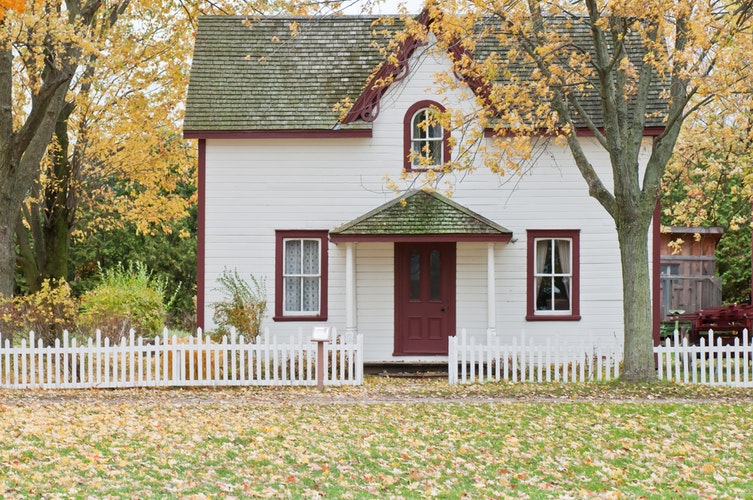Choosing a place to live is a significant decision with many factors to consider, one of which is the type of environment you want to call home. Two main options are coastal and inland living, each offering unique benefits and challenges. This article provides a detailed analysis of what to expect from each, helping you make an informed choice on where to set your roots.
The Appeal of Coastal Living
Many people are drawn to the coast due to its picturesque scenery and access to beaches, which allow for leisurely strolls, ocean swimming, and seafood cuisine. Coastal cities often enjoy a vibrant cultural scene with many festivals and events taking place year-round. Additionally, the sound and sight of the ocean have been shown to help reduce stress, offering a natural form of relaxation.
Living by the coast has its share of environmental challenges that potential homeowners should be aware of. Coastal areas are more susceptible to weather events like hurricanes and tropical storms, necessitating homes to adhere to stringent building codes. For example, Florida, known for its coastal beauty, has some of the nation’s most rigorous regulations to ensure homes can withstand severe weather conditions.
While the coastal lifestyle may seem appealing, it often comes with a higher cost of living due to the desirability of oceanfront property. Higher costs of real estate, insurance, and maintenance for potential weather damage are factors to consider. However, for many, the perks of waking up next to the ocean outweigh the drawbacks, making it a worthwhile investment.
The Advantages of Inland Living
In contrast, inland living offers its own set of benefits, particularly in terms of affordability and weather stability. Inland areas often provide larger plots of land at a lower cost, making it easier for families to purchase a spacious home with abundant yard space. The cost savings extend beyond property prices, with typically lower taxes and insurance premiums compared to coastal regions.
A significant advantage of inland living is the reduced likelihood of natural disasters when compared to their coastal counterparts. Inland locations are less vulnerable to hurricanes and flooding, allowing for greater peace of mind. This stability not only provides safety but also contributes to potentially fewer disruptions in daily life, like emergency evacuations or damage repairs.
Inland living also provides an abundance of outdoor activities for those who prefer forests, mountains, and lakes over beaches. With numerous hiking trails, fishing spots, and camping opportunities, nature enthusiasts can easily find activities that suit their lifestyle. Furthermore, some inland communities are positioned near metropolitan areas, enabling access to urban amenities without the high costs associated with coastal living.
Home Amenities and Lifestyle Considerations
Whether you choose the coast or inland, home amenities play a vital role in enhancing lifestyle quality. When designing or buying a home, consider options that maximize enjoyment and functionality, such as adding a swimming pool or a front porch. Interestingly, the popularity of front porches in American homes dates back to the 1880s, offering a timeless space for socialization and relaxation.
In terms of swimming pools, there are various types to consider based on your preferences and budget. Forbes Home reports three main kinds of inground pools: fiberglass, vinyl, and concrete. The choice of pool not only affects the initial cost but also maintenance, durability, and aesthetics, factors that significantly influence the quality of life in a chosen location.
Selecting the right home details can greatly improve your overall living experience whether in coastal or inland settings. A well-designed outdoor area can provide a sense of luxury and leisure, turning any location into a personal oasis. Complementing your living environment with appropriate amenities ensures continued satisfaction and enjoyment no matter where you reside.
Conclusion
Ultimately, the decision between coastal and inland living comes down to personal priorities and preferences. Whether it’s the allure of the ocean or the calm of the countryside, each environment presents unique advantages and considerations. By evaluating aspects such as cost, climate, and lifestyle amenities, individuals can make a choice that best suits their needs and aspirations in finding the perfect home.
The key is to thoroughly research and consider all factors, ensuring a balance between dreams and practicality. Both coastal and inland options offer distinct ways to enjoy what life has to offer, reassuring that there is a perfect spot for everyone. With the right choices and preparations, you can find a home that provides comfort and fulfillment in every season of life.









